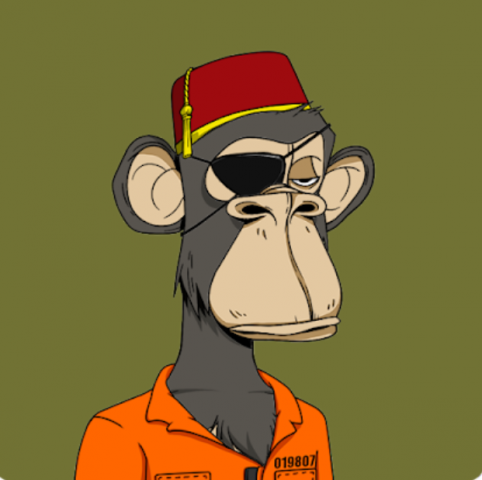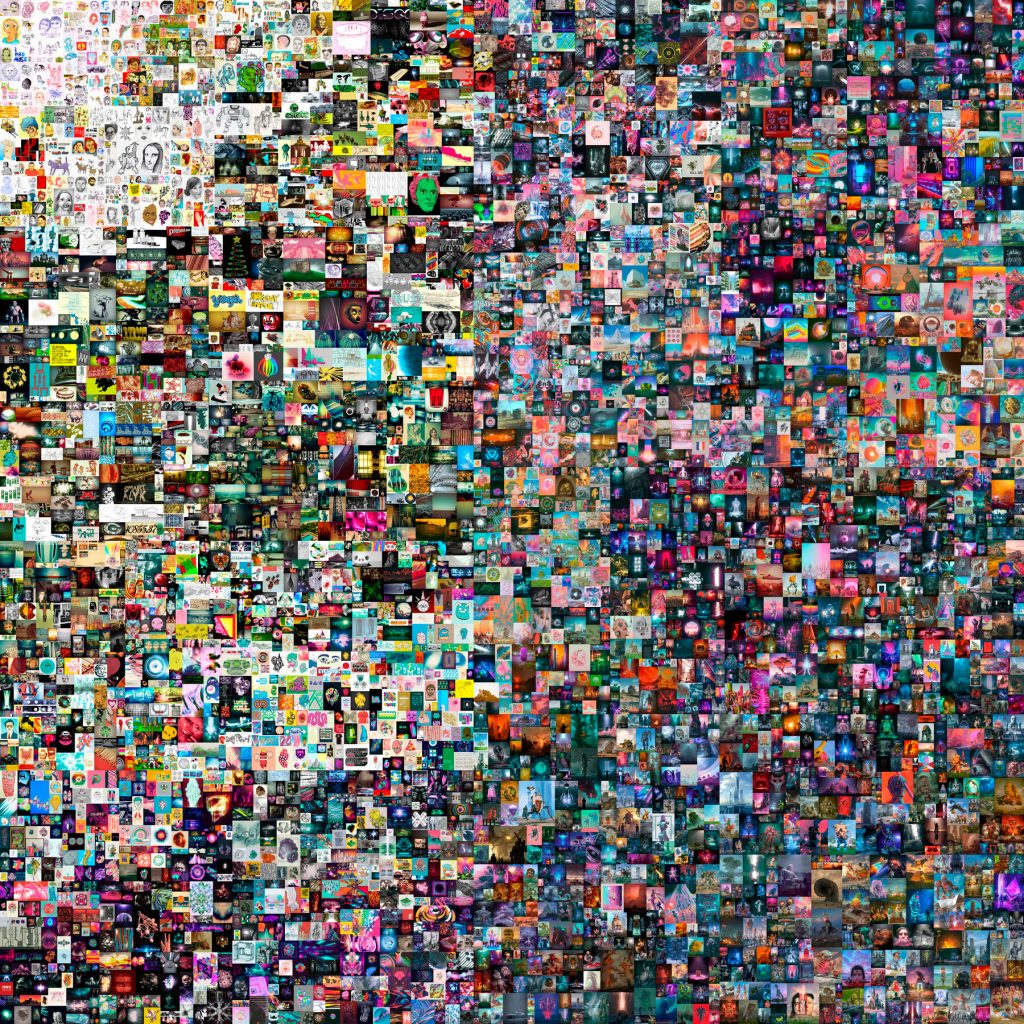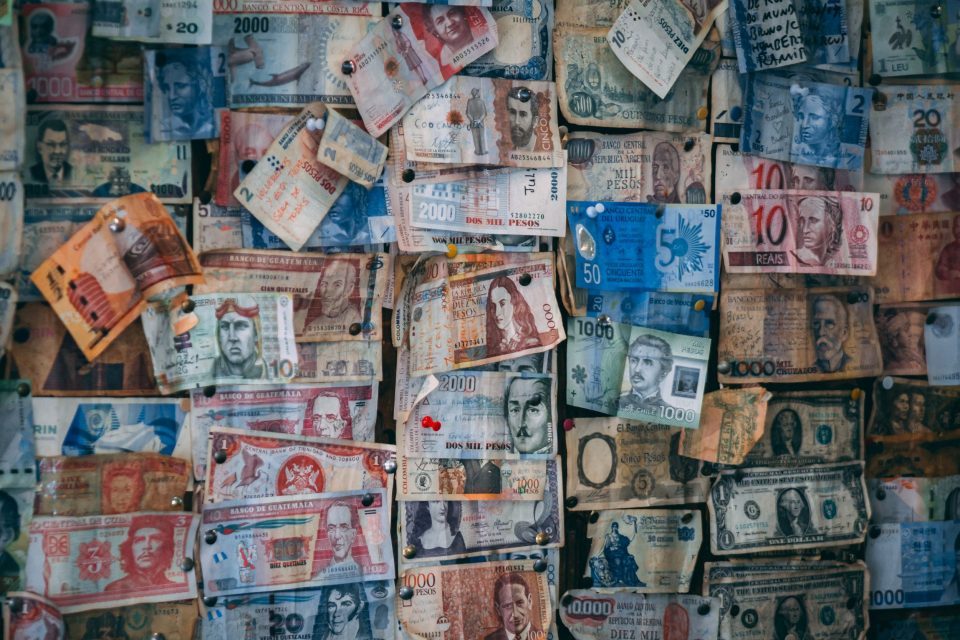How NFTs are changing artists’ lives

Four office pranks for April fool’s day
April 1, 2022
Where does the Easter bunny legend come from?
April 14, 2022
In 2021, NFT art skyrocketed. Digital artist Beeple became the third-most valuable living artist following a $69.3m sale at Christie’s. But what’s behind the current NFT craze – and is it really good news for artists?
During the first year of the pandemic, sustainability shot up the agenda in terms of importance to consumers. The pause that lockdown provided for us to consider what is important, to connect with nature and enjoy there being fewer cars on the road and planes in the sky, triggered a renewed awareness of our role as custodians of the natural world.
There’s a lot of noise around non-fungible tokens right now. Here, we answer some common questions about the technology and what it means for digital artists and the wider art world.
What are NFTs?
A non-fungible token (NFT) is a cryptographic asset that is unique. As such, it can be used to create and authenticate ownership of digital assets.
NFTs have some important characteristics:
- the one-of-a-kind qualities of NFTs mean they are not interchangeable, i.e. non-fungible.
- NFTs are not divisible, so they can’t be broken into smaller denominations.
- NFTs are immutable – so they can’t be altered once they’ve been encoded using Bitcoin technology.
- the originality and legitimacy of the NFT is validated through the blockchain in which it is stored.
What’s the point of NFTs?
An NFT does two things:
- provides proof of ownership
- guarantees scarcity
The Washington Post explains, “The scarcity is really the key part. If you want to sell something that exists only digitally, the problem is that all things digital can be infinitely copied. NFTs don’t stop the copying. But they allow you to distinguish the copies from this one, notional ‘original’. And they prove, through the ledger, that you own it. Until, of course, you sell it. And that’s the real point. By minting something as an NFT, you’re creating a commodity.”
Why are artists interested in NFTs?
Because NFTs can be used to create and authenticate ownership of digital assets, they have the potential to change the type of art – and artists – we value.
A digital asset could be a cartoon, music, a film clip, a JPEG, virtual real estate – even a graphic in a computer game. Previously, these digital assets had limited value because they could be infinitely copied.
Now, by establishing “ownership” of a digital asset, it becomes possible to buy and sell that asset. Further, because it’s possible to embed contracts in the NFTs, the artist can be awarded a percentage every time a work is purchased.
By establishing ownership, NFTs turn these digital assets into rare “collectibles”. This has created a demand for NFTs which picked up steam in 2020 and increased dramatically in 2021. This has driven up the price of digital artworks, with celebrities, content creators, auction houses and, significantly, cryptocurrency investors all participating in the market.
Who is buying NFTs?
The Washington Post explains how “NFTs made headlines in March, when a digital work minted as an NFT by Mike Winkelmann, a graphic designer, artist and animator who goes by the moniker Beeple, sold at Christie’s for more than $69 million.

The work, called ‘Everydays: The First 5000 Days’ is a montage of digital illustrations, cartoons and sketches that Winkelmann made on his computer, one per day, for more than 13 years. Beeple was famous among digital artists, but almost no one in the art world had heard of him before the sale. The bidding started at $100. Over a period of weeks, it was pushed higher and higher by several cryptocurrency entrepreneurs.”
The Washington Post claims the Beeple sale kicked off “a frenzy of NFT speculation”. By December that year, total NFT sales had reached $12 billion.
The NFT bubble
Seth Godin recently noted that, “Whenever there’s a speculative bubble going on (or a cultural one, for that matter) life inside the bubble seems rational and normal. And so artists at Art Basel (held in Basel, Miami, Hong Kong and Paris) are talking about minting NFTs. Not because they understand them (they don’t) or because they provide actual utility (they don’t) but because that’s what life is like inside of this particular speculative bubble. And people outside the bubble are supposed to feel left behind, because that’s part of the fuel of life inside the bubble.”
Are there any dangers of NFTs?
For those who invest in NFTs, the usual warnings about cyber security apply. If you have a high-value digital asset, you need to take the necessary precautions to secure that asset.
Tech Republic suggests:
- Don’t leave your digital wallet online or connected to the cloud.
- Don’t brag about your NFTs on social media, because you’ll make yourself a target for hackers
- Take the usual essential precautions to secure your systems: up-to-date operating systems, effective firewalls, anti-virus and anti-malware, good password practices and multi-factor authentication.
However, other artists and technologists have raised more fundamental questions about the increasing popularity of NFTs. Writing in the Atlantic, Anil Dash says, “they’re wildly environmentally irresponsible. Each transaction or recording of an artwork requires more and more computing power to complete. More computing power means more resources consumed.”
Is the NFT craze good for artists?
WIRED predicts, “In 2022, NFT art will move beyond the speculative frenzy of its early days to more everyday double-digit growth. With all the major auction houses continuing to sell NFTs, there will be further ambitious NFT drops such as Damien Hirst’s new project, ‘The Currency’.”
It seems that NFTs are already realising some of their potential to change the artworld. Some celebrated digital artists are already becoming very rich as a result. And, certainly, the possibility of owning, selling and copywriting digital artworks is very appealing to many digital artists – and their fans.
However, not everyone is so enthusiastic. Anil Dash warns that “the current NFT market is drawing an extraordinary range of grifters and spammers. People are creating NFTs of artists’ works without asking permission or even letting the artists know.”
Other industry insiders worry that the trend has very little to do with supporting digital artists and more to do with creating another convenient space in which high-net-worth tech entrepreneurs can invest their wealth.
The Washington Post warns that, “Since the market for NFTs was essentially created by cryptocurrency entrepreneurs, and since they’re still the ones sustaining it, you can’t really understand the NFT craze without contemplating their wider designs. In a sense, they’re using art works as test cases for how information and assets will be treated in the rapidly evolving blockchain space.”
Want more technology insights?
- We remember the “insanely great” Steve Jobs: read our profile.
- What should be on your organisation’s technology agenda this year? Our 2022 tech predictions.
- And what impact is digitalisation having on our attention spans? Read how your attention was stolen.




